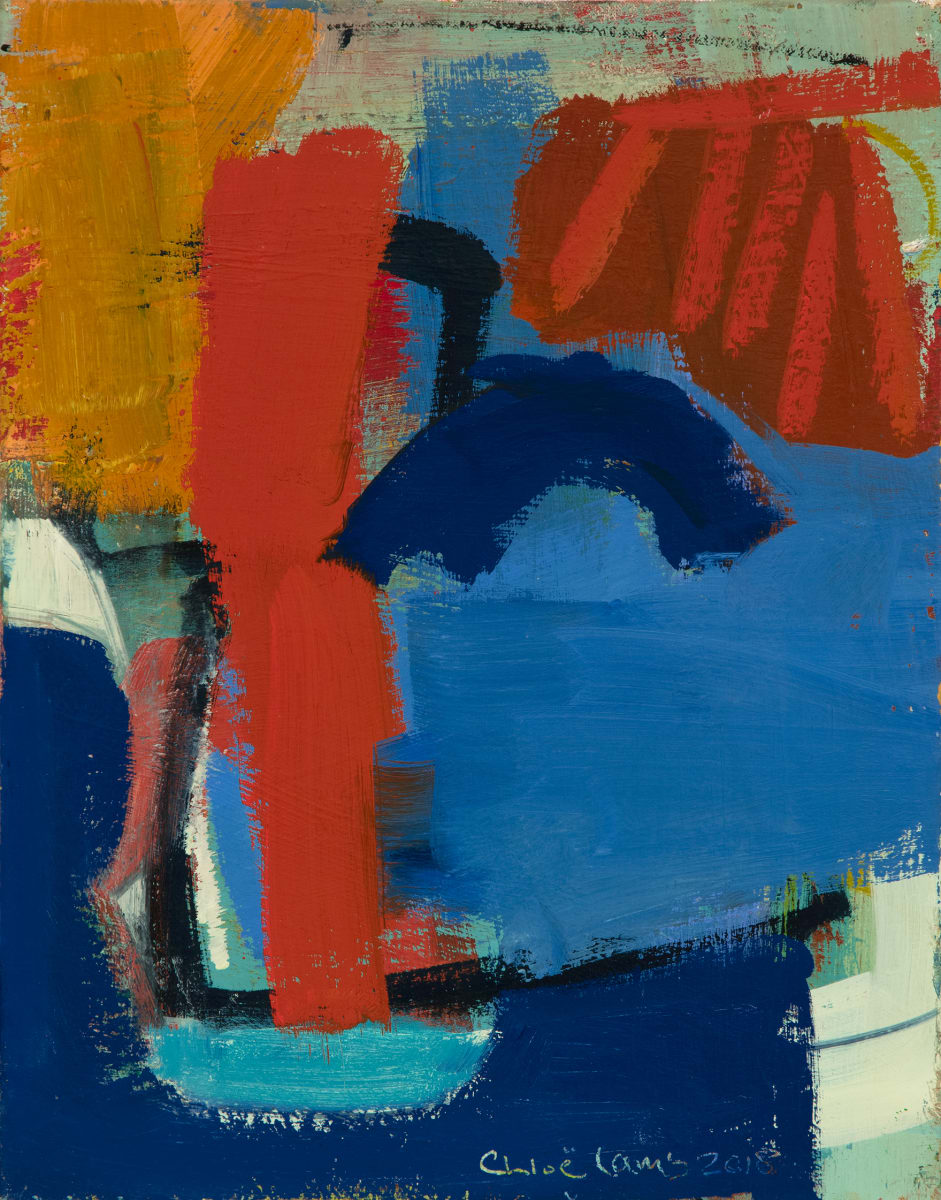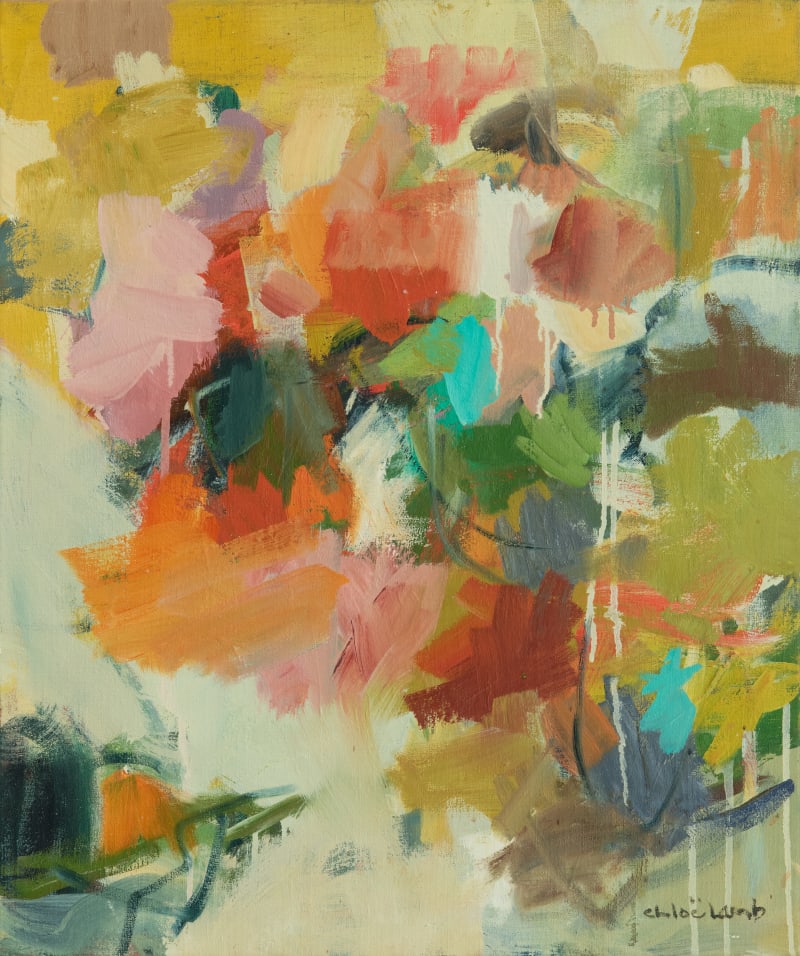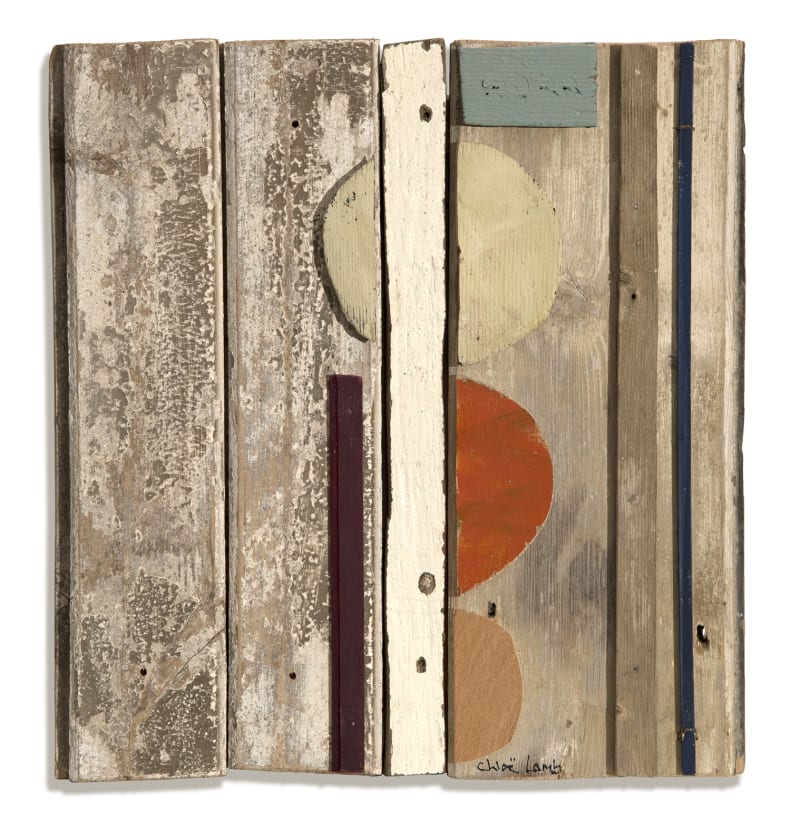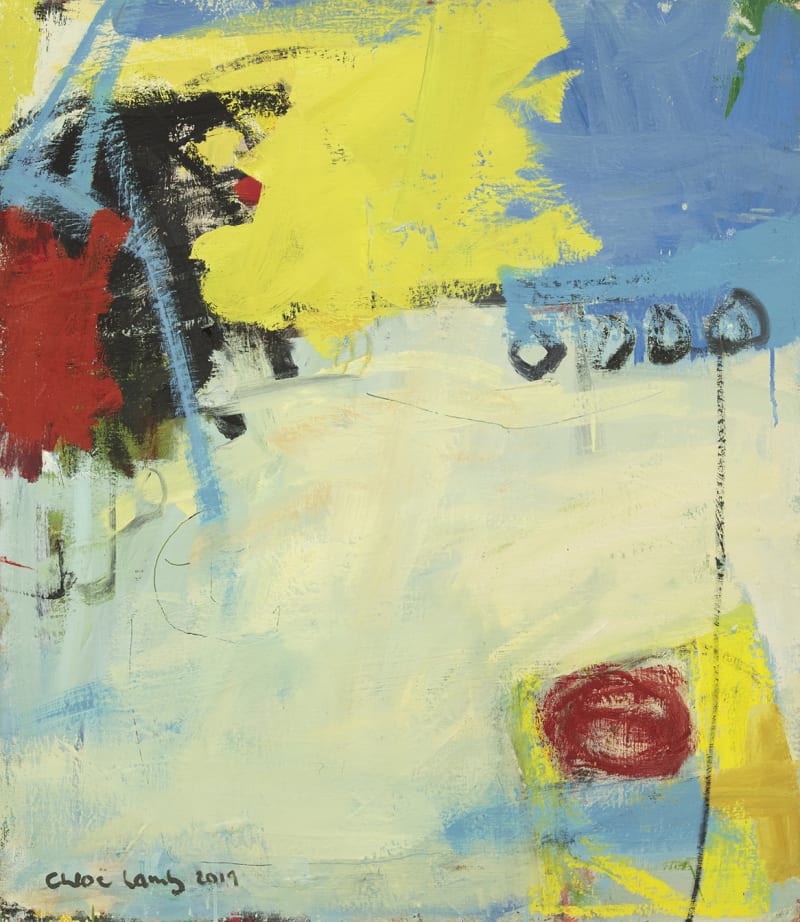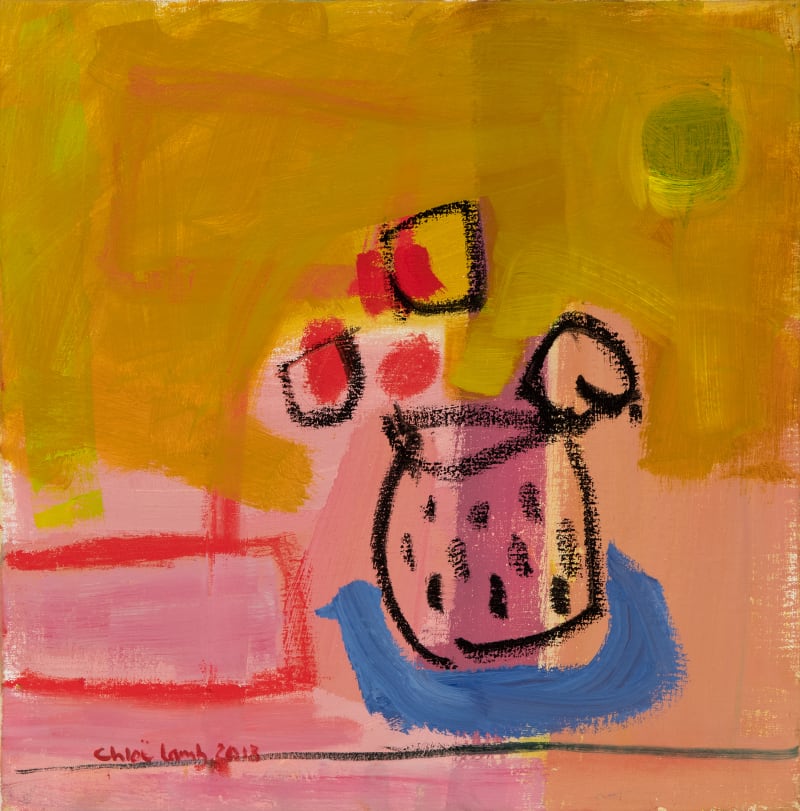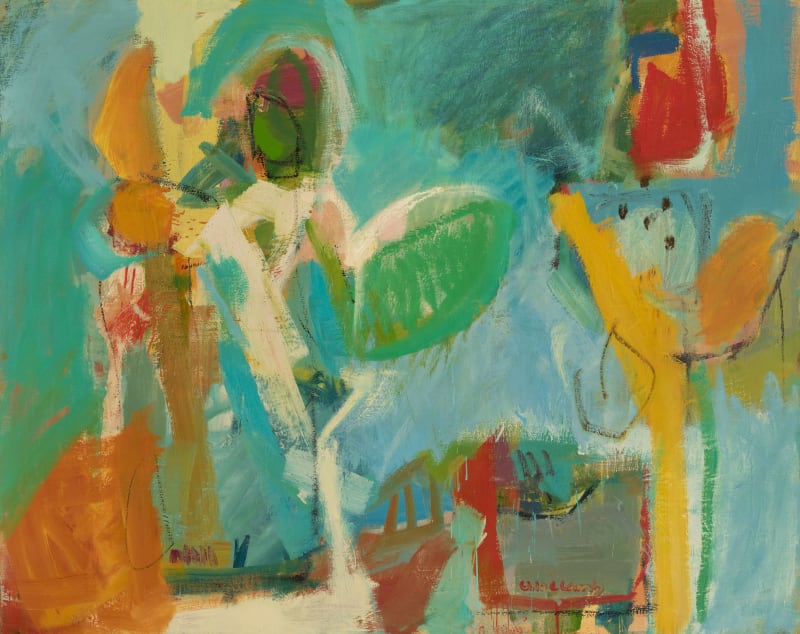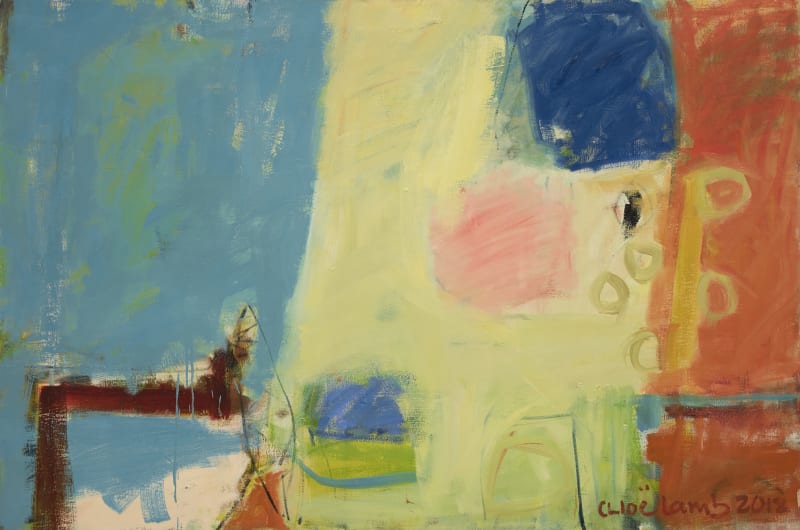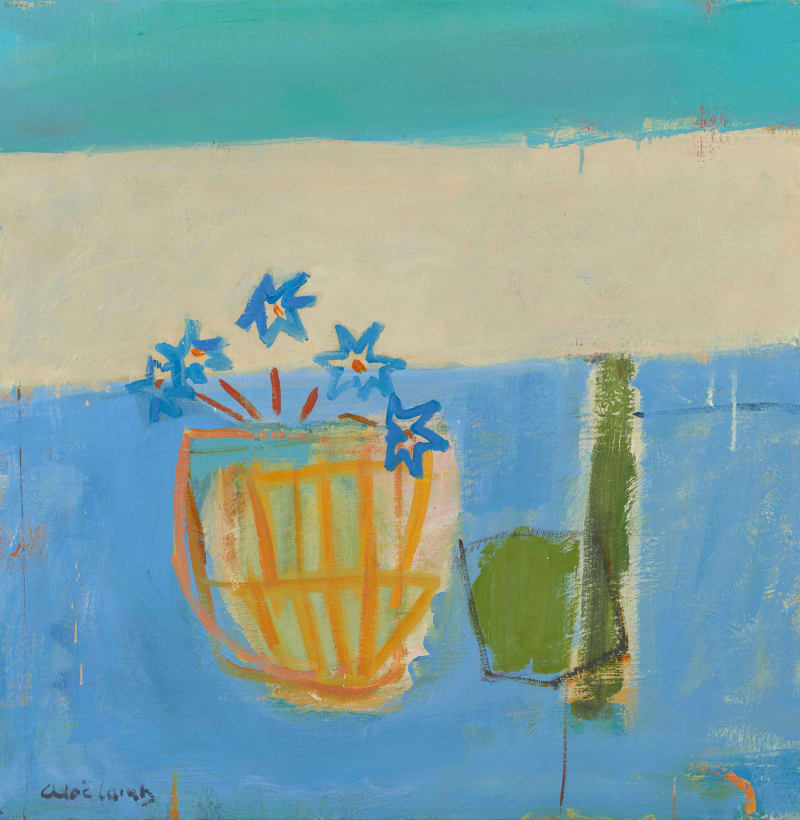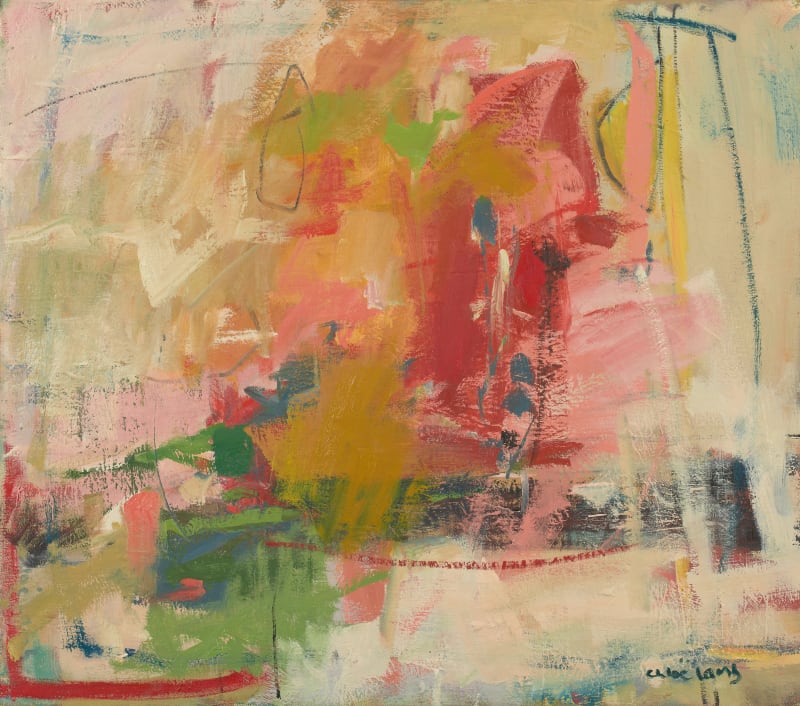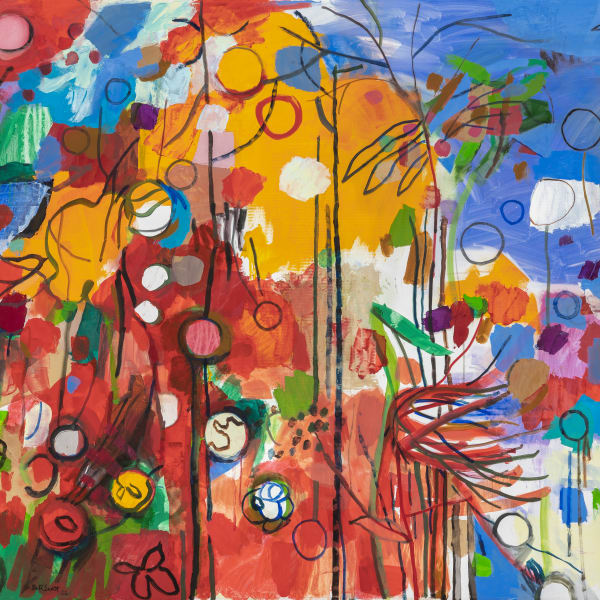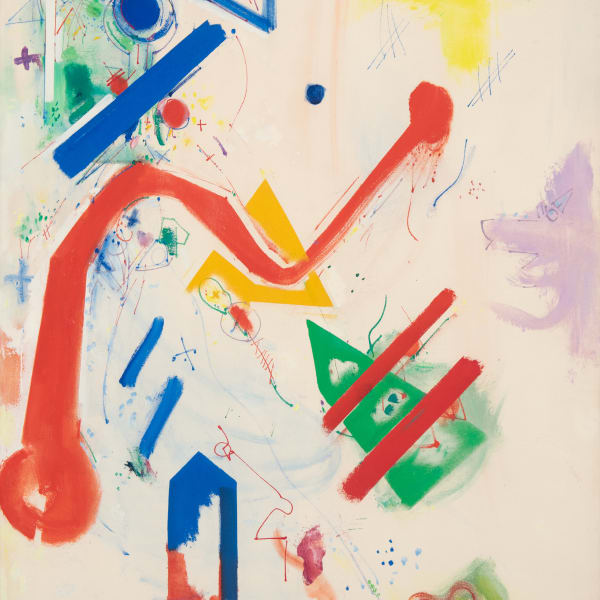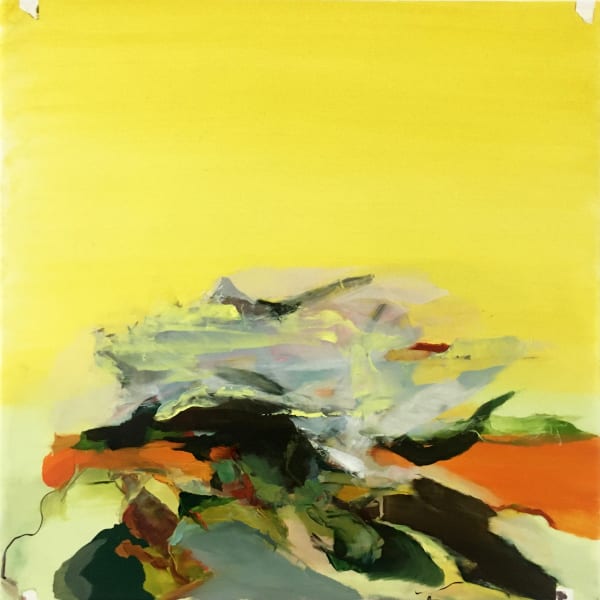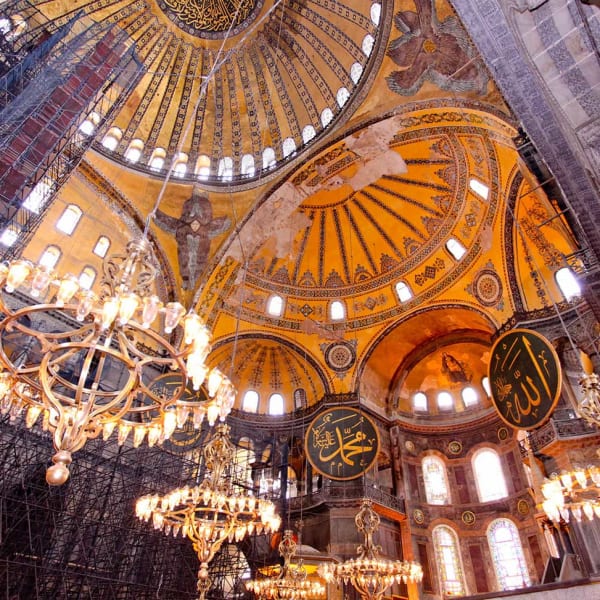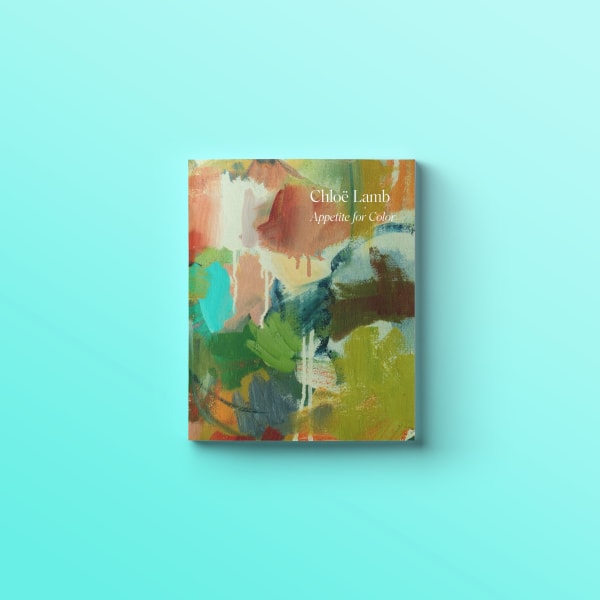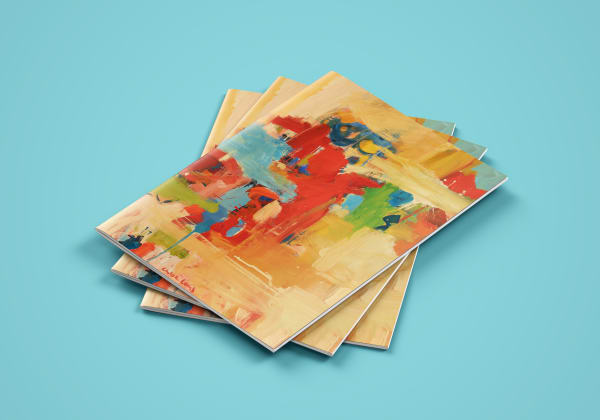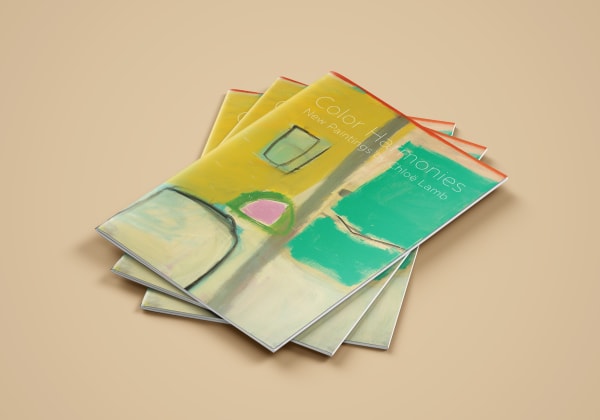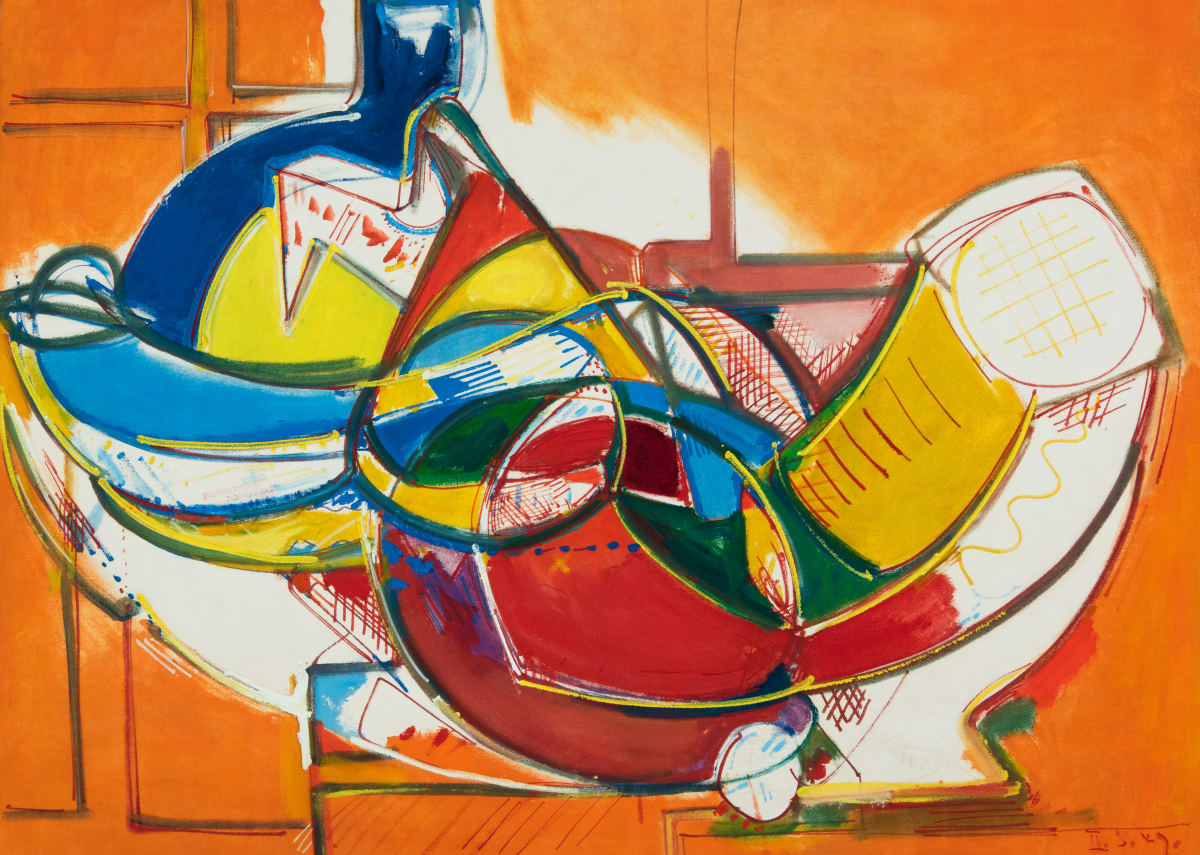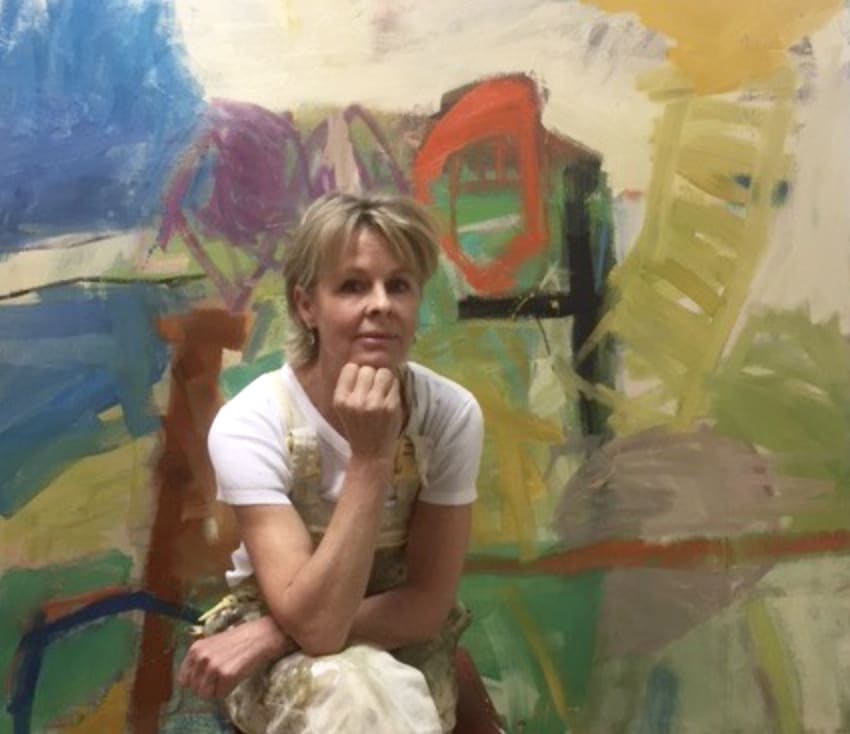
As a painter, Chloë Lamb is a sensualist in the most compelling way.
As a painter, Chloë Lamb is a sensualist in the most compelling way. Viewing one of Lamb’s paintings, large or small, it is evident what she has articulated all along: her passion for all of oil paint’s attributes. She is inspired by its pigment, the ability to thin it out into a glaze or build its density up to incredible dimension, and especially its long drying time, which allows her to paint wet into wet––a technique not easily mastered. She works instinctually with her materials. Unable to (and uninterested in) envisioning the final outcome of a painting, Lamb works on each until she sees it to completion, in a way conjuring from those very attributes that she admires so much.
As a painter, Chloë Lamb is a sensualist in the most compelling way. Viewing one of Lamb’s paintings, large or small, it is evident what she has articulated all along: her passion for all of oil paint’s attributes. She is inspired by its pigment, the ability to thin it out into a glaze or build its density up to incredible dimension, and especially its long drying time, which allows her to paint wet into wet––a technique not easily mastered. She works instinctually with her materials. Unable to (and uninterested in) envisioning the final outcome of a painting, Lamb works on each until she sees it to completion, in a way conjuring from those very attributes that she admires so much.
Lamb is primarily an abstract painter, which is not to say that her work never veers towards representation. To the contrary, Lamb’s observational tendencies cause her work to linger slightly in the realm of representation. This could encompass a landscape (resembling something of a color field painting), with a fore-, middle, and background, a single cloud in an otherwise unarticulated sky, or a clearly rendered tulip amidst soft approximations of other flowers. Lamb has also experimented with figural painting, which maintains similar abstract elements but brings others into greater focus. It is in a purer abstraction, however, where Lamb is most at home.
Rather than creating an under-drawing in graphite or diluted paint, Lamb begins her paintings with a blank canvas and the first stroke of paint laid down by the brush. She likes to build her materials, playing with levels of transparency and opacity but also with negative space, which she considers crucial to a painting’s success. For Lamb it really is about this process—lines and blocks of color laid down, followed by an instinctual building up of paint that can often breed form. She is not interested in over-intellectualizing abstract art but prefers the viewer to take as much pleasure in the sumptuousness of the paint on the canvas as she did in placing it there. Her paintings, at their very core, are about making the very best of oil paint’s attributes.
While painting has been an ongoing passion for Lamb, it was not until she was married and had her first child that she decided to focus more seriously on art. She came from an artistically inclined family, with a father who graduated from Slade School of Fine Art and a mother who took handicraft to new heights at home and in the garden. In the early 1990s, Lamb attended the Heatherly School of Fine Art where she finessed her technical skills. She also took classes under Robin Child (part of the pedagogical lineage of Walter Sickert) at Lydgate Art Research Center in Wiltshire after working for several years in another unrelated field.
Lamb was born in 1960 and grew up in Wiltshire. She exhibits regularly in the United States and the United Kingdom. She lives and works in Hampshire, United Kingdom.









